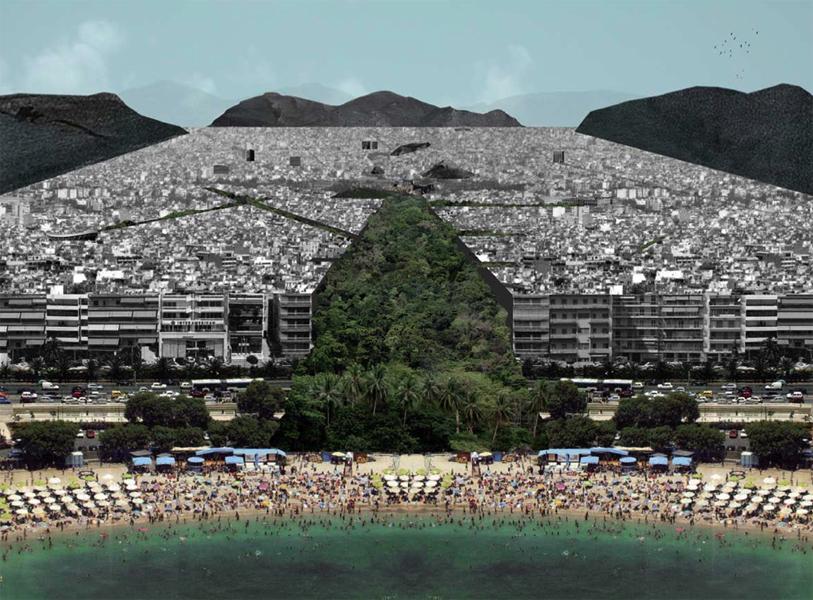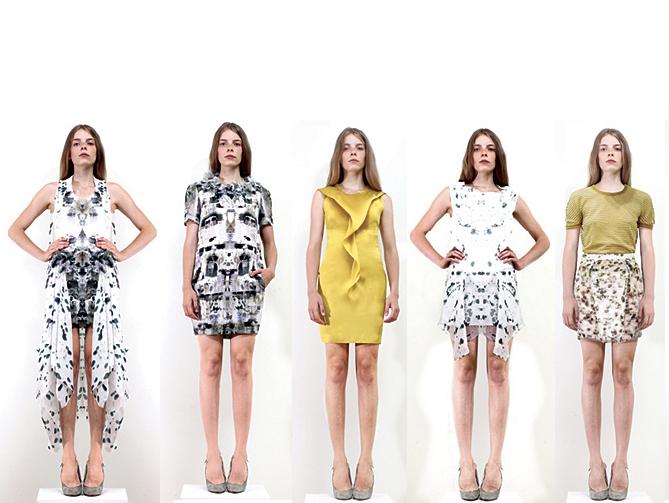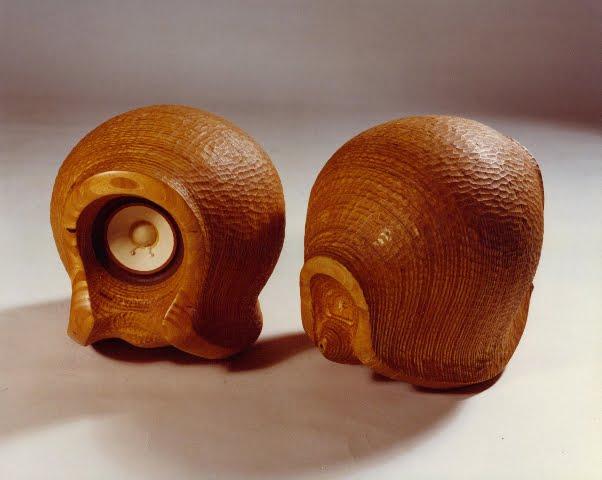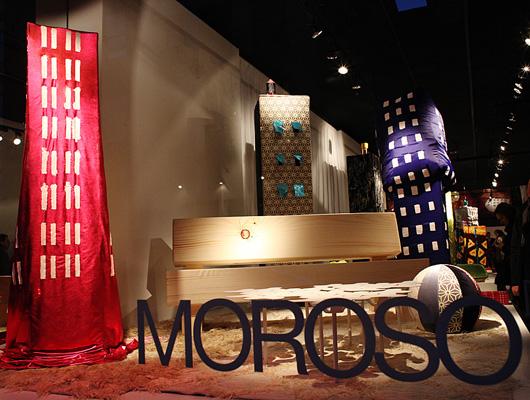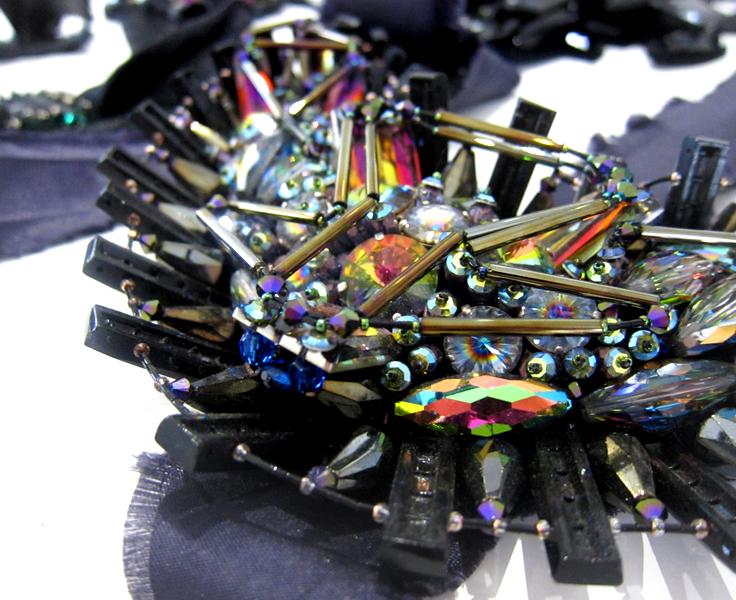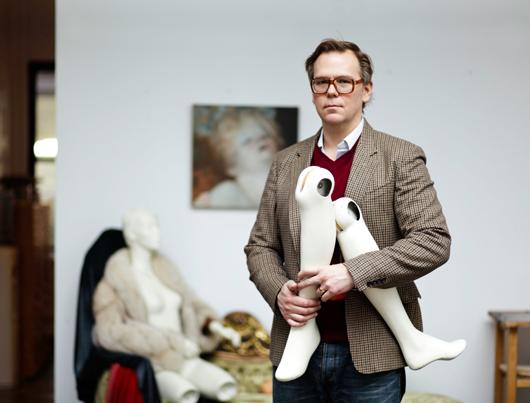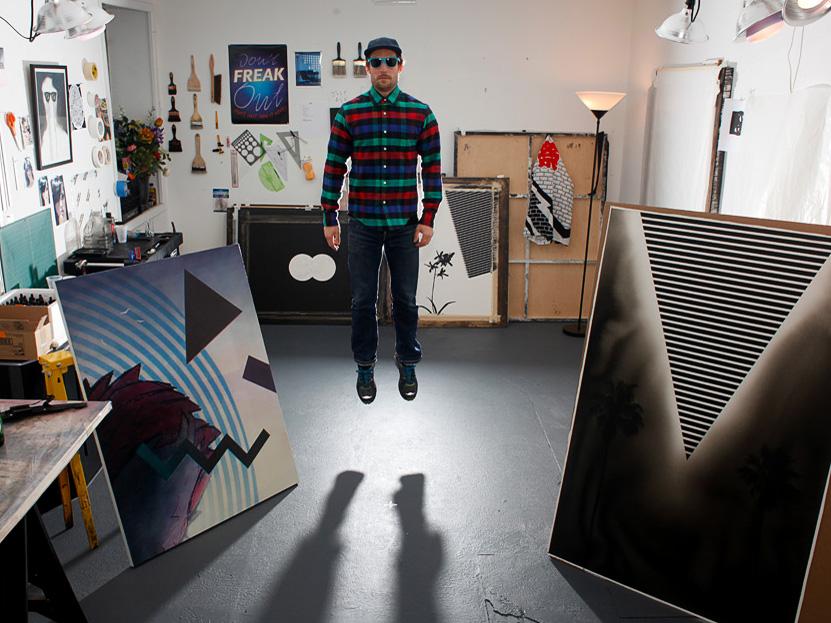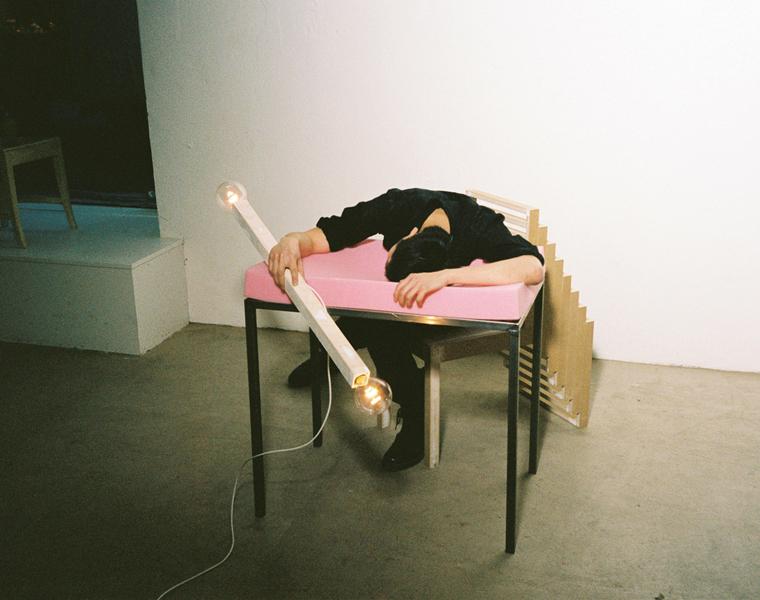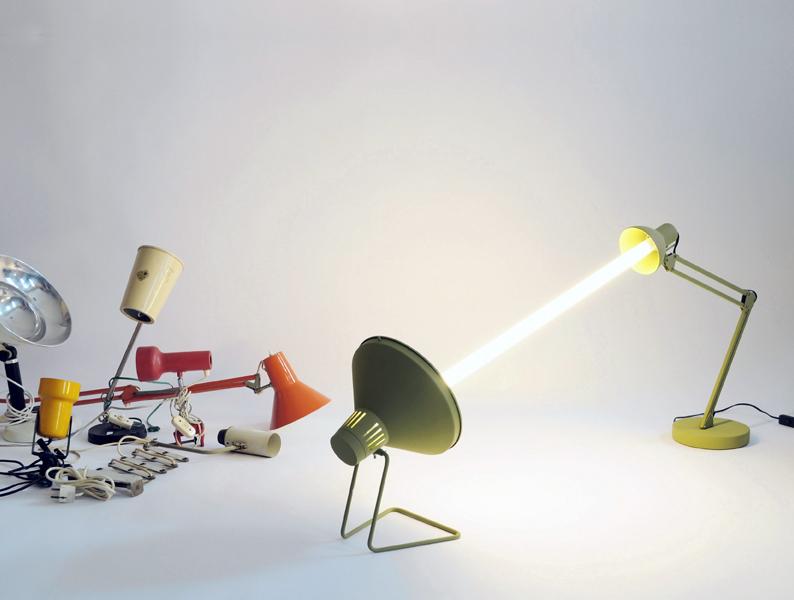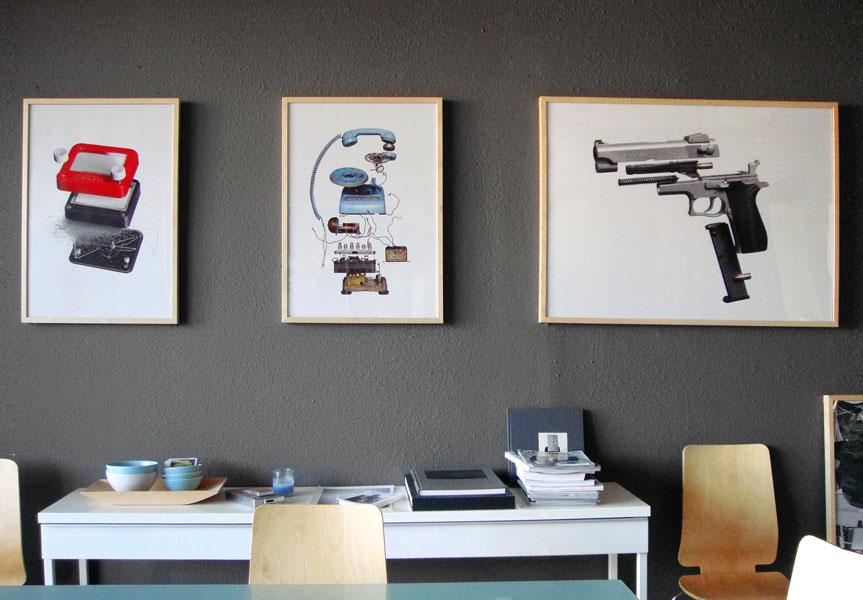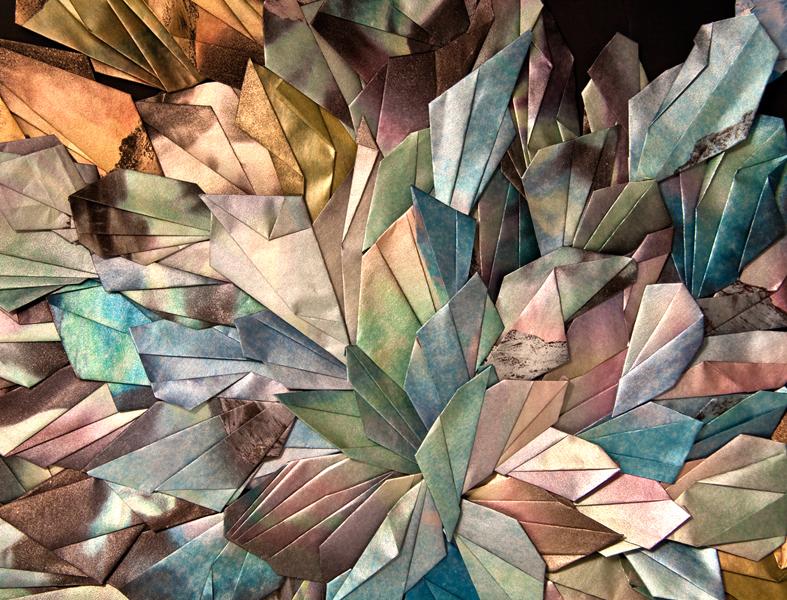
03.28.11
What We Saw
DesignMarch 2011 in Reykjavik
What Iceland may lack in sunshine — getting, on average, less than half the amount of rays New Yorkers enjoy annually — it easily compensates for in natural beauty. When it's light outside, the landscape is an almost otherworldly sight, with blackened crags of lava softened by bright heaps of moss and glaciers melting into never-ending expanses of steel-blue sea. When it's dark, there's a symphony of northern lights to behold. With all of that visual stimulation surrounding them it's no wonder Icelanders are aesthetically gifted, with a fashion sense that rivals Stockholm's in its cacophany of colors and textures and a community of designers that needn't look further than their own backyards for inspiration. When Sight Unseen was invited to Reykjavik this past weekend to attend the opening of Iceland's third annual DesignMarch festival, that was precisely what struck us most: Whether the work we saw directly referenced the country's landscape and culture or just told a story about its current state of affairs — as with one designer we met who had to shutter her architecture practice after the bank crash and start anew — the show felt like a singularly local celebration.
